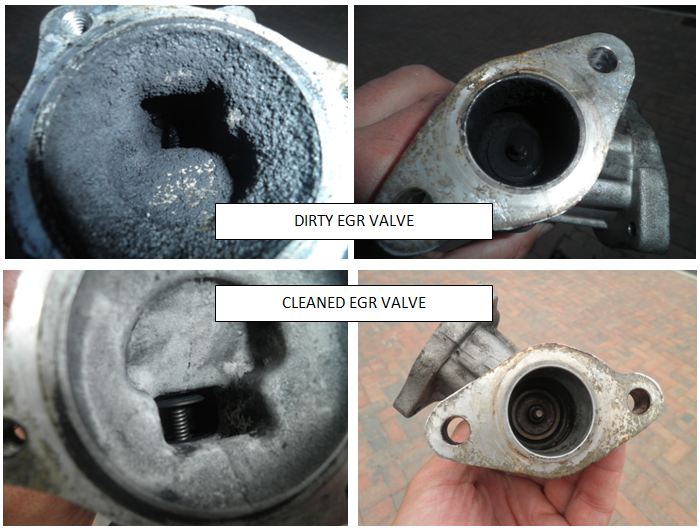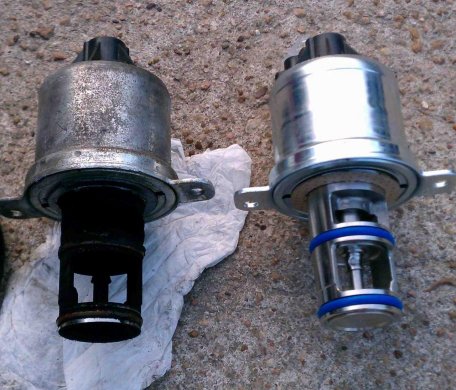EGR VALVE
What is an EGR valve?
The EGR valve is a small component, invented to allow the flow of exhaust gases into the intake manifold in controlled amounts. It is a simple valve that closes and opens as needed.
The EGR valve has one job to do. Its role is to either open and direct exhaust gases into the combustion chamber or to close and keep the gases from entering.
When your car engine starts, the valve becomes active and remains in a closed position, barring the flow of exhaust gases.
Once the engine reaches working temperature and speed is increased, the valve — either through a vacuum or electronic control — increasingly opens, allowing burned exhaust gases to enter and combine with the air-fuel mixture inside the combustion chamber. If you slow down or come to a stop, the valve progressively closes and blocks the flow of exhaust gas. The process continues for as long as the engine is running.
When the engine is off, the EGR valve closes and remains so.
The EGR valve has been a problem area on older vehicles. This pollution-control device is designed to redirect controlled amounts of exhaust gas back into the intake manifold to be burnt off and reduce NOx emissions.
While the theory is simple, the high temperatures and soot can cause the valves to stick in either the open or closed positions. As a result, your engine can exhibit starting, idling, or drivability issues and create tailpipe pollution that is beyond the allowable limits for an emissions test.
A dirty EGR valve can exhibit the following symptoms:
-Rough idle, especially when the car is cold — when your car feels like it is wavering or about to stall.
-The smell of fuel in the tailpipe exhaust — this is unburnt fuel passing through the exhaust.
-A check engine light (CEL) or malfunction indicator light (MIL) is on your dash.
-An increase in fuel consumption.
-A failed emissions test due to a high level of hydrocarbons present in your tailpipe emissions.
These are all possible symptoms that your Mercedes EGR valve is stuck open. Your EGR valve is no longer able to regulate the amount of exhaust gas entering your intake, throwing off the precise gas/air flow in your combustion chambers.

When Your EGR Valve Sticks Closed
An EGR valve can also get stuck in the closed position. While this can present some different symptoms than with the EGR valve stuck open, in both cases, your engine will not run properly. Severe long-term damage can happen to the engine and pollution control system if you do not have your Mercedes’ EGR valve repaired or replaced.
Closed EGR Valves can exhibit the following symptoms:
-Uncharacteristic tapping or pinging noises from your engine at low speeds — early fuel detonation.
-A check engine light (CEL) or malfunction indicator light (MIL) on the dash.
-A failed emissions test due to a high level of hydrocarbons present in your tailpipe emissions.
-Secondary ignition of fuel after the initial ignition due to excess fuel in the exhaust vapors.
An EGR valve that is stuck closed not only makes your car laborious to drive with causing increased pollution but the secondary detonations can cause severe damage to your engine.



Maoni